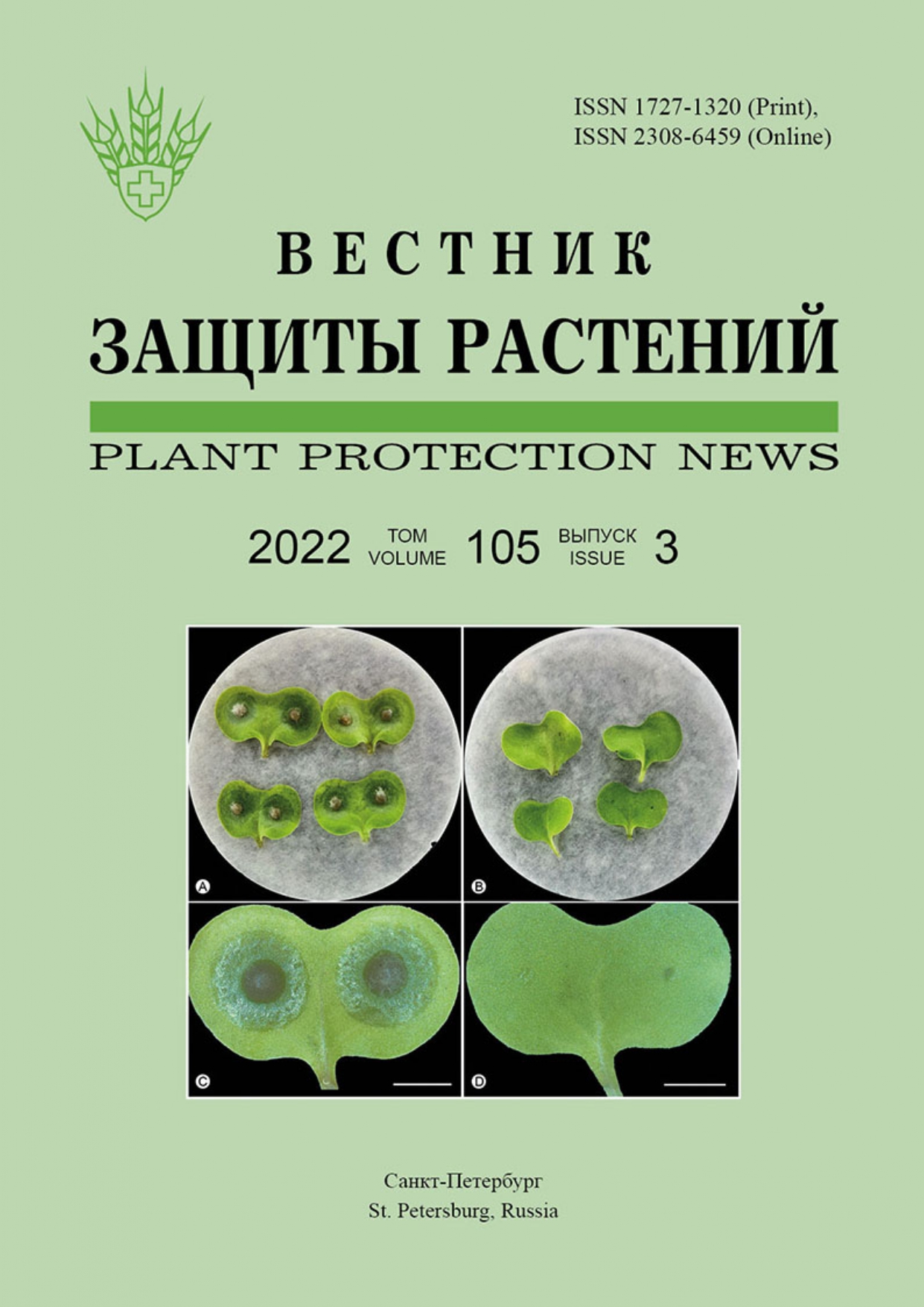Plenodomus species infecting oilseed rape in Russia
Keywords:
Brassica, Leptosphaeria, molecular phylogeny, pathogenicity, Phoma, Phoma leaf spot, Phoma stem cankerAbstract
The Phoma disease (Phoma stem canker, black leg, Phoma leaf spot) is one of the most harmful diseases of oilseed rape and other Brassicaceae in the world, particularly in Russia. The causal agents of this disease are Plenodomus biglobosus and Plenodomus lingam. Since 2005, a number subclades have been described within P. biglobosus and P. lingam (2 and 7, respectively). These subclades can be identified by multilocus sequence analysis. So far, biodiversity and geographic distribution of Plenodomus spp. infecting oilseed rape in Russia, have not been comprehensively analyzed. For this study, as many as 18 Plenodomus spp. isolates were obtained from the samples of stem canker and leaf spot of oilseed rape from four regions of Russia in 2004–2021. The aims of this study were to identify the isolates by phylogenetic analyses inferred from 3 gene sequences: nuclear ribosomal internal transcribed spacer, actin, and β-tubulin, and to assess pathogenicity of the isolates. The phylogenetic reconstructions revealed two well-supported monophyletic clades corresponding to the two species of the genus Plenodomus., P. lingam ‘brassicae’ and P. biglobosus ‘brassicae’.This paper provides robust phylogeny of the Plenodomus spp. clade, accompanied with the detailed description of morphological features of both species, and results of pathogenicity tests.



